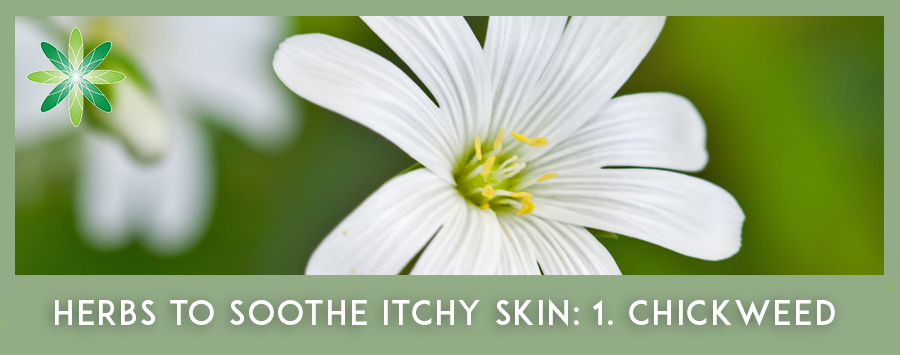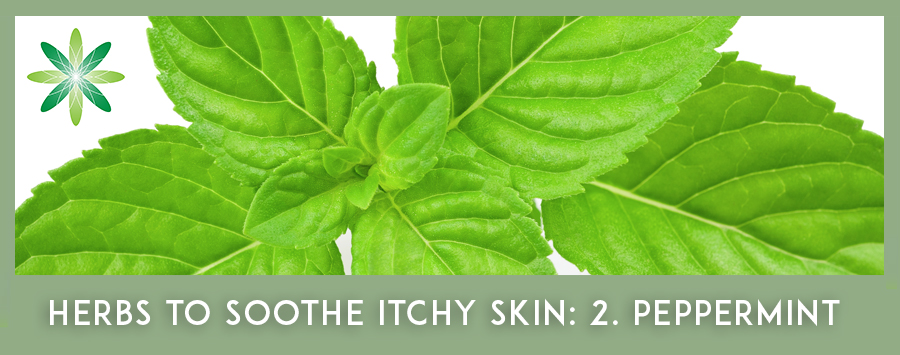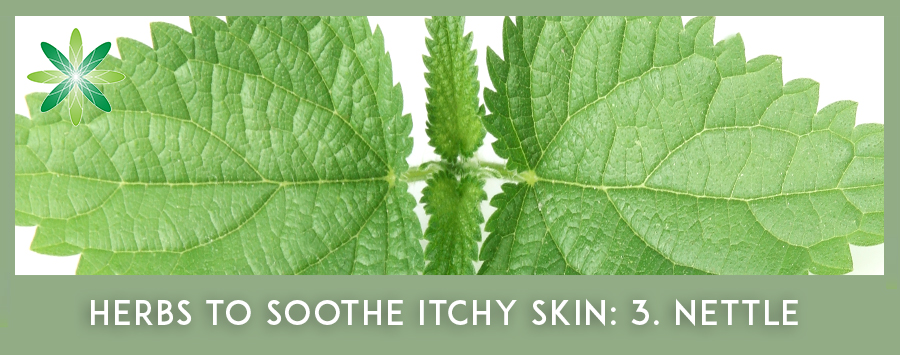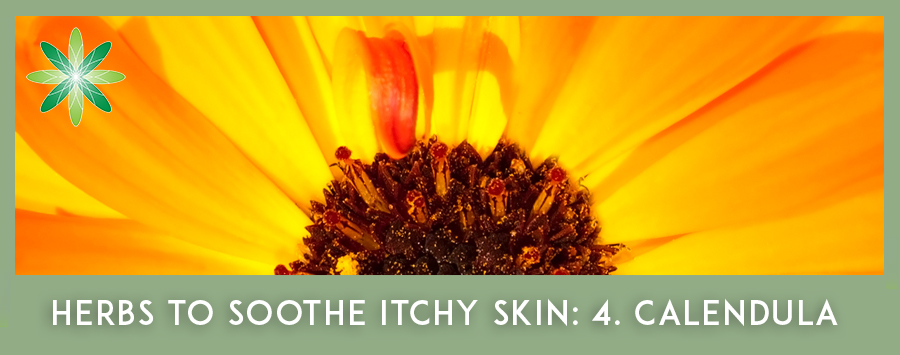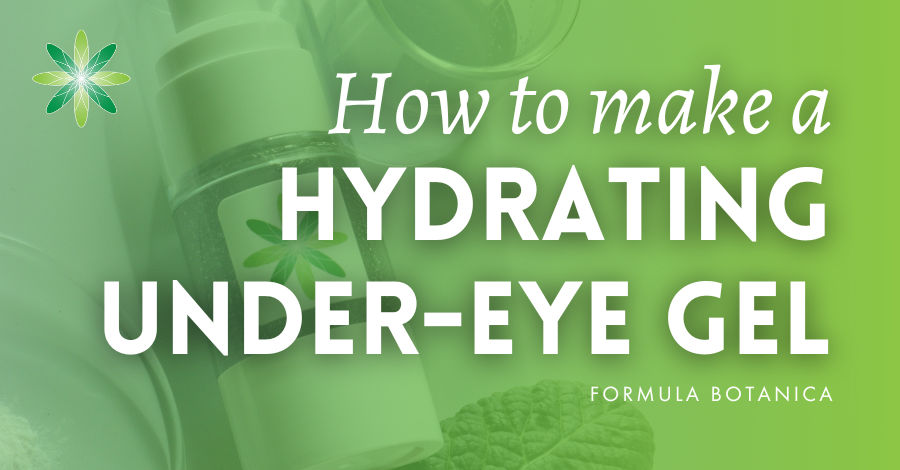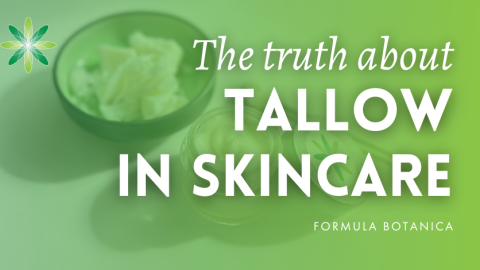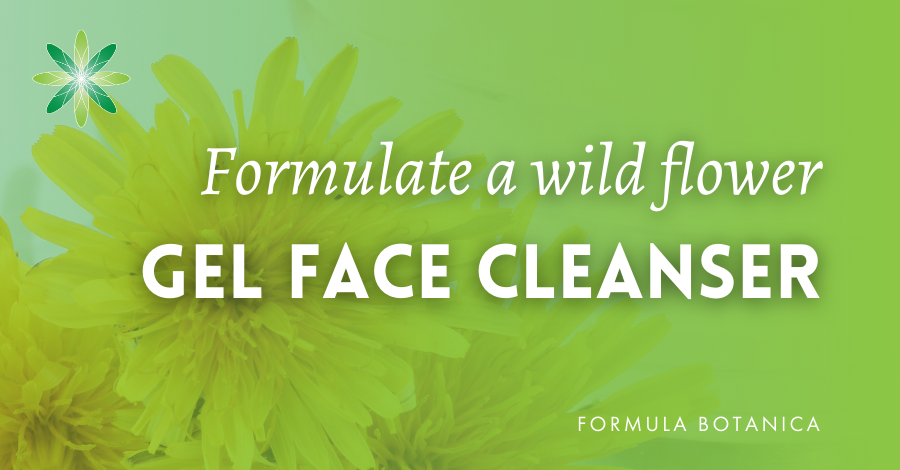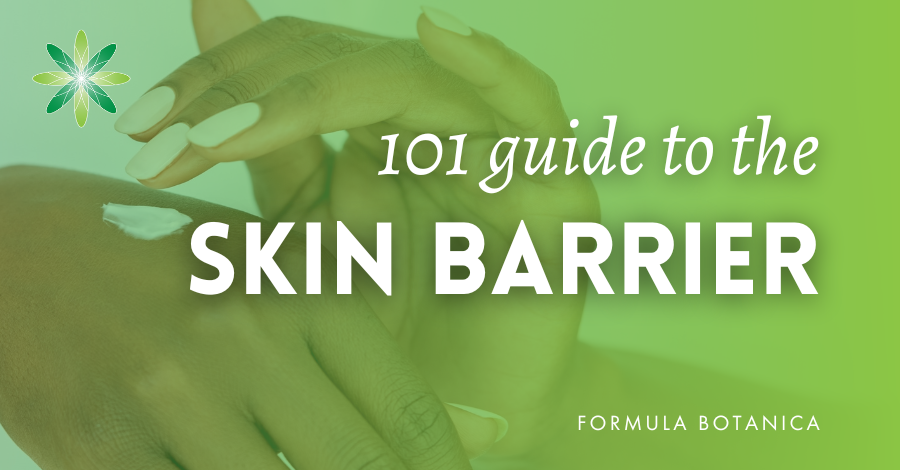One of the most frequently talked about skin issues is itching. Itchy skin may be a symptom of various skin conditions however dry skin is the most common cause of itchiness. Nature, as ever, lends a helping hand and steps in offering us several natural herbs with properties that help soothe itchy skin.
In this post we give you our top four herbs to soothe itchy skin as well as a simple emulsion recipe to create a gentle and soothing cream to apply on sensitive, dry skin.
Some of the herbs we suggest need to be harvested and their powerful beneficial properties extracted. If you are new to preparing herbs to use in skincare formulations, hop over to read these posts to guide you as you start out in the fabulous world of using natural herbs:
- Guide to Choosing the Best Herbal Solvent.
- 7 Steps to Choose the Right Botanical Oil for Macerations.
- How to Make Macerated Oils.
- 7 Tips on Sourcing Sustainable Botanical Ingredients.
- How to Make Glycerites with Fresh Food.
Top 4 Herbs to Soothe Itchy Skin
Chickweed – Stellaria media
This herb grows on every continent in the world with exception of Antarctica and blooms almost all year round. The small crawling plant is best used fresh, and therefore isn’t very popular in skincare. However, even if it needs a little effort gathering it and processing it, chickweed is a valuable addition to our list of herbs to soothe itchy skin.
Chickweed is very soothing for extreme itchiness caused by irritation and allergies. The demulcants in chickweed provide a moisturising film to help soothe and protect the skin, while its saponins ease the itch.
The compounds in the herb that help soothe itchy skin can be extracted easily into a glycerite or alcohol tincture. You can read about chickweed tinctures in our guide on choosing the best herbal solvent.
Peppermint – Mentha piperita
One way to soothe itch is to cool the skin. Menthol, one of the compounds found in the essential oil of peppermint, has the cosmetic function of cooling the skin. You can add the essential oil of peppermint to a skincare product to instantly reduce that itchy feeling. The rule of thumb is not to use more than 1% in a facial product and not more than 2% in a product for use on the body.
However, be aware that the scent of this essential oil is quite overpowering and you will probably need far less than these dermal limits. Please never measure essential oils in drops and, while we’re on the topic of good manufacturing practice, do take a moment to read about the 8 Points You Must Know Before Making Homemade Skincare.
Stinging Nettle – Urtica dioica
Stinging Nettle is known more for its internal use to cleanse the body, but it is also very useful externally to soothe itchy skin.
In skincare products, stinging nettles are best used in the form of oil macerations but do ensure your botanical material is completely dry before you macerate it.
You can also add nettle powder to your skincare product; a process which we explain in our post How to make a Natural Foot Mask for Lazy Sunday Mornings.
Calendula – Calendula officinalis
Since ancient times, calendula has been used in folklore as ‘medicine for the skin’ and to nurse wounds. Calendula is antibacterial, antiviral and antifungal and is soothing for the skin; all attributes which have made it a long-time favourite among herbs used in skincare.
In the past, the herb was used as a macerated oil or poultice, but now we have CO2 extracts which are proving very popular ingredients in natural formulating.
Now we’ve looked at our four chosen herbs, let’s move on to making our soothing emulsion.
Make itchy dry skin a thing of the past - naturally! Formula Botanica's DIY soothing lotion uses 4 common garden herbs. #dryskin #itchyskin #herbalskincare Share on XLotion with 4 Herbs to Soothe Itchy Skin
This formulation combines the four soothing herbs in one water-in-oil (w/o) emulsion. See our post on How to Make an Emulsion with Olivem 900 if you need a reminder on our chosen emulsifier or are new to using it. Olivem is easy to use and makes pleasant-feeling oil-in-water emulsions.
Formula Ingredients
Phase A
- Nettle maceration in almond oil: 51%
- Shea butter: 10%
- Olivem 900: 5%
Phase B
- Distilled water: 25%
- Magnesium sulfate: 1%
Phase C
- Chickweed glycerite: 5%
- Calendula CO2 extract: 1%
- Peppermint Essential Oil: 1%
- Preservative Eco: 1%
Method of Manufacture
- Place Phase A and B in separate beakers. Check the pH of the water phase and adjust it to an appropriate skin level (4.5 – 5.5) if necessary.
- Heat both phases gently in a water bath to 70C. Do not heat and hold your ingredients. If you’re not sure why, read this article.
- Slowly trickle the water phase into the oil phase stirring constantly. Use a blender or homogeniser to reduce the particle size.
- When the temperature of the blend has dipped to below 40 degrees Celsius, you can add Phase C ingredients, blending well after each addition.
- Pour the finished product into a pretty jar and set it aside for 24 hours.
Do you make herbal skincare? Share with us your experiences in the comments below. We’d love to hear also if you chose other herbs to soothe itchy skin.
FAQs
How can we make a herbal cream at home?
The simplest herbal cream would be an anhydrous formulation that can be blended from botanical, cold-pressed oils and butters. You can opt to make a whipped body butter or balms and salves which would need the butters heated in a bain marie. Once they are melted, blend in the more heat-sensitive, skin-beneficial oils, pour into containers and leave to cool before putting on an airtight lid. Alternatively, use an emulsifier to create a herbal lotion or cream. Whichever formulation you choose, aim to include herbal macerates or CO2 extractions to impart the benefits of key herbs such as calendula, which has been used for centuries for its soothing and calming properties.
What is the best lotion for very itchy skin?
Natural botanical herbal lotions can be highly effective in soothing itchy skin and dry skin conditions. An easily-absorbed emulsion including soothing herbs such as calendula macerated in oils such as sunflower or as a CO2 extract and cooling herbs such as peppermint are ideal.
Leave us a comment

Priscilla Rolvers is a herbalist and natural cosmetic formulator and is based in the Netherlands. She was a grading tutor at Formula Botanica from 2017-19. Read more about the Formula Botanica Team.


